Bestseller
People of India: Bihar Including Jharkhand (Volume XVI, Part 2)
Synopsis
The People of India Bihar volume includes Jharkhand because at the time of fieldwork and report writing, Jharkhand was part of Bihar state. Therefore, for the purpose of critical evaluation, the data on Bihar and Jharkhand have been combined. The relationship between the ecology and communities in these areas is evident from the dependence of the communities on land (189), forest (34) and water (22). Land is the main resource and is controlled individually. Other occupations include hunting, gathering, fishing and trapping of birds and animals. Bihar has been a heterogeneous state. As many as 241 communities have clan or exogamous divisions. Middle-level perceptions are now emerging as a result of social mobilization and widespread awakening, Thus the OBCs have emerged as the dominant segment. Bihar is predominantly the land of Shakti worship, tantra and Shaivism. A majority of the population follow earlier Hinduism or Islam. Jharkhand came into existence as a separate state on 15 November 2001. It is a different ethnographic world with tribes forming a very large component of its population. Hence the presence of a very large number of tribal traits peculiar to its ethnographic profile. 104 communities in Jharkhand, consisting of 29 tribes, have been studied for the people of India project. The state is linguistically heterogeneous with as many as 34 languages/dialects. The tribal religious survive and flourish in Jharkhand. In fact, tribals in this region have recreated their myths and folklore in order to define their identity and thereby its claim to a share of political space. The tribes have emerged as the dynamic professional group, and Christian segments of many tribal groups are doing well as professionals. Today, however, there has been wide-spread awareness among the people of Bihar and Jharkhand, regarding education, health and medical services, welfare, employment, drinking water and public distribution system, even though the benefits have been unevenly spread out.
Read more
41.40
37.26
$
46.00 $
Free delivery Wolrdwidе in 10-18 days
Ships in 2-4 days from New Delhi
Membership for 1 Year $35.00
Get it now and save 10%
Get it now and save 10%
BECOME A MEMBER
Books by the same authors
-

Visual Anthropology and India: Proceedings of a Seminar
-

People of India: Assam (Volume: XV In Two Parts)
-
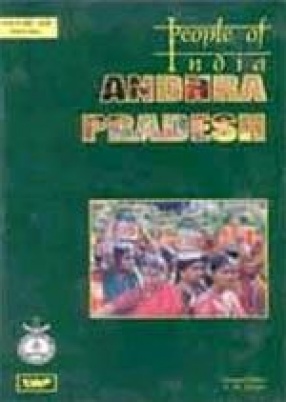
People of India: Andhra Pradesh (Volume 13, In 3 Parts)
-
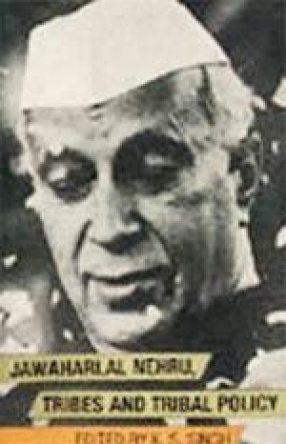
Jawaharlal Nehru, Tribes and Tribal Policy
-
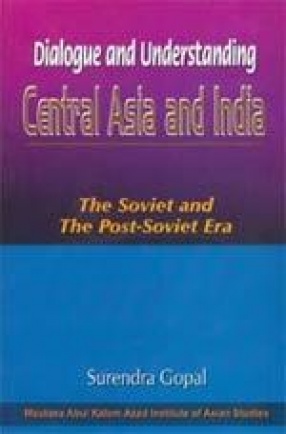
Dialogue and Understanding: Central Asia and India: The Soviet and the Post-Soviet Era
-
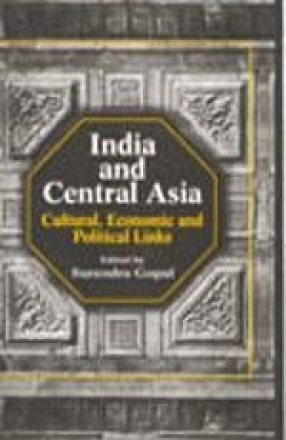
India and Central Asia
-
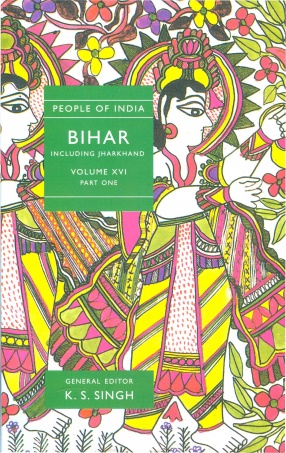
People of India: Bihar Including Jharkhand (Volume XVI, Part 1)
-
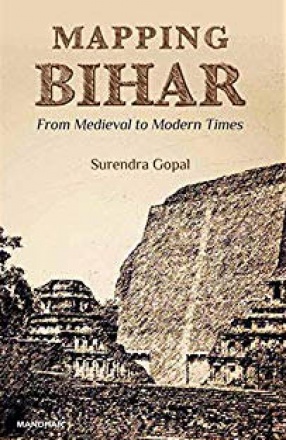
Mapping Bihar: From Medieval to Modern Times
-
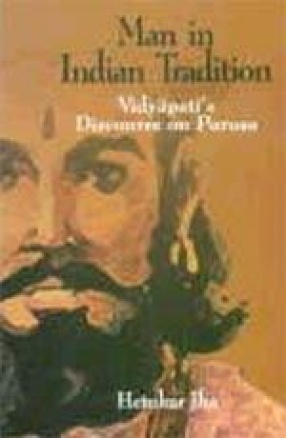
Man in Indian Tradition: Vidyapati's Discourse on Purusa
-
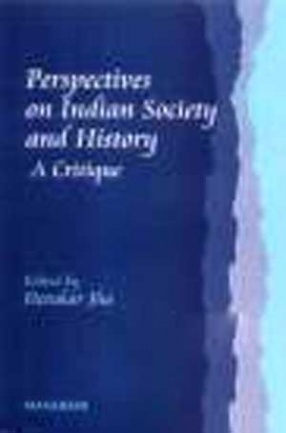
Perspectives on Indian Society and History A Critique
-
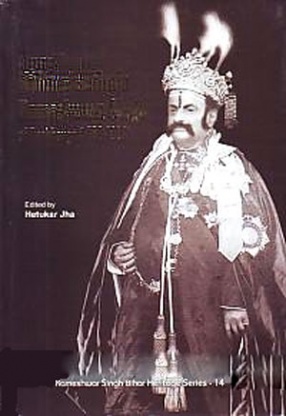
A Liberal Hindu Aristocrat Maharajadhiraja Rameshwara Singh of Darbhanga (1860-1929): Correspondence, Speeches and Other Documents, Volume 1

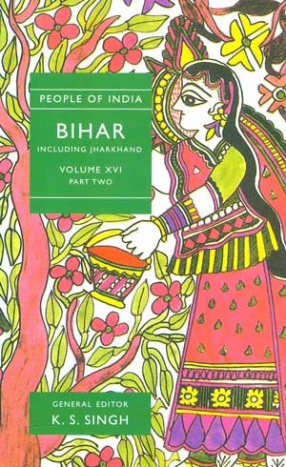

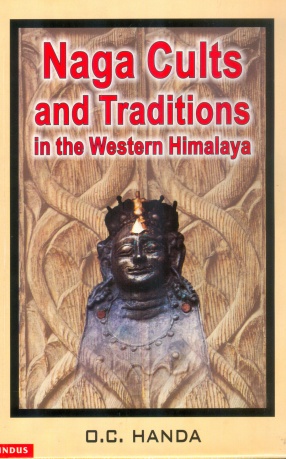
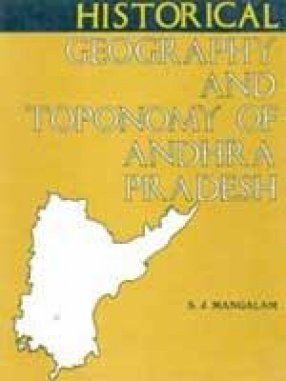
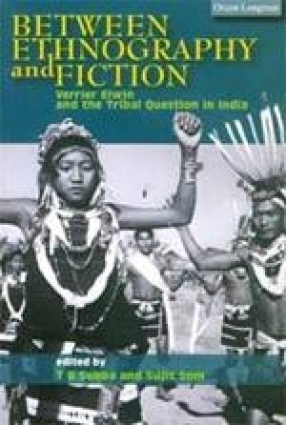

Bibliographic information
Surendra Gopal
Hetukar Jha